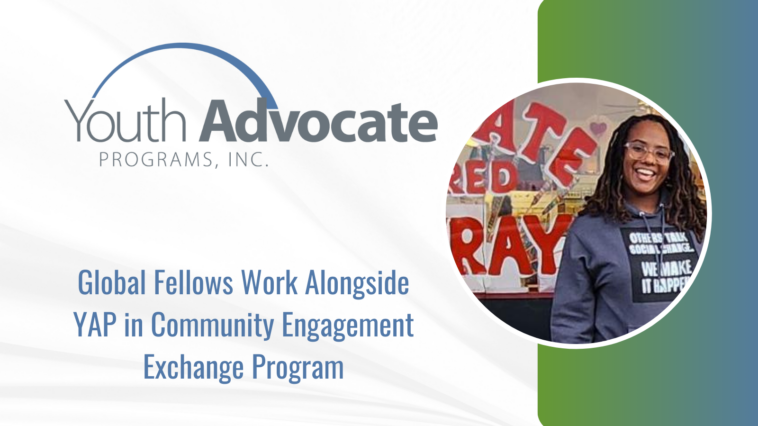In a conference room in Chicago, a unique session is proceeding with teams of police captains engaged in a novel activity. The task at hand requires each pair to start a sentence with the last word used by their pair. Competing to outdo each other by employing complex terminologies, the session is peppered with laughter and nonsense remarks. However, the underpinning value of the exercise gradually unfolds itself.
Kelly Leonard is overseeing this novel activity. He elucidates the purpose, enamoring their attention on, ‘Listening to the end of the sentence.’ He metaphorically compares a sentence to an arm and accentuates how people often cease listening halfway, akin to stopping at the elbow of the arm. This, he points out, results in missing crucial portions of information in the latter part of the ‘sentence’. His observation resonates with the participating police captains hailing from various departments nationwide.
These police officials acknowledge Leonard’s point, admitting their habits of halfway listening. The workshop, organized by the University of Chicago Crime Lab’s Policing Leadership Academy, has an innovative approach of using members of The Second City, Chicago’s renowned improv theater. The idea is to bestow upon these police leaders the diverse set of skills that improvisation exercises can instill, such as ad hoc thinking, impartial judgment, and comprehensive listening.
This months-long academy doesn’t hold back from delving into heavyweight matters such as data-driven decision-making strategies or ways to assist officers in managing occupational trauma. The academy is described as ‘yoga for social skills’ by Leonard, who serves as the Vice President of Creative Strategy, Innovation, and Business Development at The Second City. He acknowledges that while not all improv skills are applicable to policing in the field, they can potentially enhance one’s leadership capabilities.
Tree Branch, an associate at The Second City Works, concurs with Leonard’s sentiment. According to Branch, being a more responsive listener and learning to take a moment before responding can significantly develop leadership skills. The art of improvisation and The Second City itself have their roots embedded in social work, tracing back to Viola Spolin, a social worker from the 1920s.
Spolin, a resettlement worker helping immigrant children connect with local kids in Chicago, is credited for creating many of the techniques used in contemporary improvisation. The creators of the Policing Leadership Academy found inspiration in these rudimentary techniques, reasoning that such skills can promote community engagement, amplify officer morale, and assist in combating violent crime.
According to the Crime Lab’s director of programs, there’s a common misconception that these goals are mutually exclusive or one has to be compromised for the others. Contrary to this belief, they assert that all three can be achieved harmoniously. The academy curriculum, designed by professors, researchers, and police captains, focuses on an array of topics, such as transparent policing cultures, data utilization, stress management, and community partnership build-up.
Thus far, the academy boasts about 130 police leaders from roughly 70 departments as its trainees. The list of participants includes tribal police departments and even a police inspector from Toronto. A member of the Philadelphia Police Department shared how enlightening the academy was compared to his previous two-week job training before being promoted more than a year ago, especially in challenging existing norms and changing district culture.
He found the academy’s approach to be impactful, which motivated him to engage his family members in some of the exercises. Much to his surprise, he discovered that these exercises sparked open communication unlike anything before. The Second City-inspired training has left a profound impact on police officers, compelling them to reflect more about their communication approaches and leadership styles.
A commander from the Albuquerque Police Department, sharing his experience weeks after the improv class, recalls how it encouraged ‘pushing ego out’ while listening to others. This approach, he realized, is integral to leadership as it necessitates being more receptive to others’ problems and genuine help. The benefits of the academy’s inculcation, however, don’t end with the concluding class day.
The academy’s vision expands beyond graduation, where it facilitates continuous communication channels for graduates to offer each other ongoing support. It encourages captains to disseminate their learnings within their departments and mandates the implementation of a capstone project. These projects address real-world issues in their respective precincts and are required to continue beyond the class’s duration. Many projects launched community-engaging programs aimed at combatting car theft or pioneered drones as first responders.
A recent graduate from the academy, a captain with the San Jose Police Department, is crafting an early intervention system focused on officer wellness, as part of his capstone project. Unlike typical systems that primarily detect citizen complaints or driving accidents, his proposal takes into account feedback from superiors and peers to identify signs of excessive trauma intake by officers through handling multiple violent crime cases in short periods.
He lauds the academy’s guidance in striking a balance between training, wellness, and internal affairs, realizing it can help to decrease complaints and allegations about the use of force. Consequently, it enhances the quality of training and the range of services offered by his department. The diagram of overlapping interests he draws out demonstrates that adopting the academy’s practices promises benefits that reach far beyond the classroom itself.

